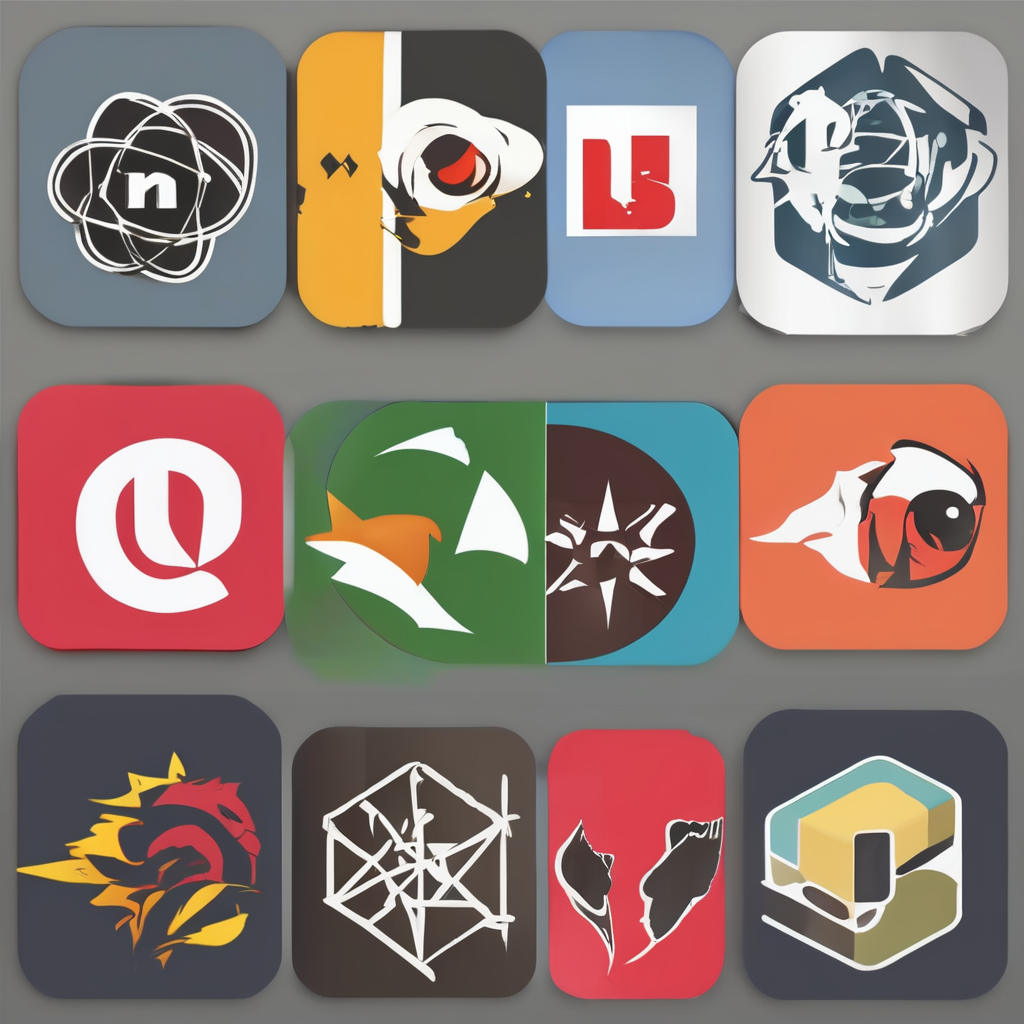Importance of Peripheral Vision in Ice Hockey Goalkeeping
In ice hockey goalkeeping, peripheral vision is a vital skill that significantly enhances a goalie’s performance. A goalie with strong peripheral awareness can monitor not only the puck but also the movements of other players on the rink. This wider field of vision is crucial for anticipating plays and reacting swiftly to changing scenarios. By spotting attacking players from different angles, goalkeepers can position themselves better, thus increasing their chances of making successful saves.
The relationship between anticipation and peripheral awareness in play highlights the importance of this skill. With good peripheral vision, a goalie can predict where the puck might be passed or shot, allowing them to react earlier than those relying solely on central vision. For instance, legendary goalkeepers like Martin Brodeur and Dominik Hasek showcased exceptional peripheral vision, which played a significant role in their success.
This might interest you : Essential Footwork Drills Every Squash Enthusiast Must Master for Peak Performance
Through developing peripheral vision, goalkeepers gain a competitive edge, ultimately leading to better performances and increased confidence on the ice. Integrating exercises to enhance this skill into regular training routines can be an effective way to uplift overall goalkeeping abilities.
Essential Drills to Improve Peripheral Vision
Peripheral vision is crucial for goalies in ice hockey, enhancing their capacity to track the puck and players. Implementing targeted training drills can significantly improve this skill. Below, we cover effective goalkeeping drills that, when consistent, can lead to noticeable enhancements in on-ice performance.
This might interest you : Discover the Enduring Cardiovascular Benefits of Regular Rowing Workouts
Drill 1: Cone Alignment Drill
This drill begins with setting up cones in a zigzag pattern. The key is maintaining forward focus while moving sideways, fine-tuning peripheral awareness. Tips for maximizing effectiveness include varying cone distances and speeds. Expected outcomes include improved perception of the entire rink, enabling quicker decision-making in dynamic situations.
Drill 2: Reaction Ball Exercise
Here, a reaction ball is thrown against a wall, with the goalie responding to erratic rebounds. This requires minimal equipment and enhances hand-eye coordination. Incorporate dynamic movements to simulate realistic game situations.
Drill 3: Goalkeeper Partner Work
Engaging a teammate increases training intensity, focusing on communication and response time. A teammate can throw a ball or puck to unexpected sections of the net, challenging the goalie’s reaction skills and enhancing peripheral vision. Performance can be assessed by reviewing reaction speed and positioning adjustments.
Tips for Implementing Drills into Regular Training
Incorporating peripheral vision drills into your regular training routines can provide noticeable improvements in ice hockey goalkeeping. Effective integration requires a strategic approach to scheduling and intensity. It is advisable to have a consistent schedule, ensuring that these vision-focused exercises are not neglected amid other training priorities. Consider scheduling peripheral vision drills at least twice a week, integrating them into broader training sessions to foster comprehensive skill development.
Progressive intensity is critical for maintaining engagement and effectiveness in training. Start with the basics to build foundational skills before advancing to more challenging setups. This progression not only strengthens peripheral awareness but also helps goalkeepers build confidence in their responses.
Balance is key: while focusing on peripheral vision, do not overlook other essential skills such as agility, puck handling, and communication. Ensuring a balanced training regime allows goalkeepers to develop a well-rounded skill set. By effectively combining these elements, goalies can bring their performance to new heights, gaining a competitive edge on the rink.
Expert Insights and Testimonials
In the realm of ice hockey goalkeeping, the development of peripheral vision is greatly endorsed by experts. Professional goalkeeping coaches advocate for these specialized drills, emphasizing their impact on improving player awareness. According to a renowned coach, “Peripheral vision not only enhances a goalie’s tracking abilities but also sharpens their anticipation skills.”
Testimonials from goalkeepers themselves add weight to these claims. One experienced goalie remarked how regular training drills significantly boosted their performance, mentioning improved reaction times and increased confidence during fast-paced games. Such feedback echoes the valuable role peripheral exercises play in developing essential goalkeeping skills.
Evidence-based benefits further illustrate the effectiveness of focusing on peripheral training. Academic studies suggest that goalkeepers with enhanced peripheral awareness exhibit better defensive strategies and decision-making abilities. The consensus among experts and players alike is clear: prioritizing peripheral vision drills leads to tangible improvements on the rink.
Whether engaging with expert opinions or first-hand experiences, the consistent message is the undeniable merit of incorporating dedicated peripheral exercises into training regimens. Building expertise in this area can offer players a competitive advantage in their goaltending endeavors.
Visual Aids and Resources
Incorporating visual training aids can significantly enhance the development of peripheral vision in ice hockey goalkeeping. These aids offer instructional videos and infographics, providing goalkeepers with resources to deepen their understanding and execution of exercises.
Video Tutorials for Each Drill
Accessing engaging tutorial videos can be instrumental in mastering goalkeeping drills. These videos offer a detailed breakdown of key points to watch for when practicing each exercise. By observing professionals perform these drills, goalkeepers gain a clearer understanding of proper techniques. The importance of visual learning cannot be understated, as it provides dynamic examples that are often more impactful than written instructions.
Infographics for Quick Reference
Creating infographics summarising training drills offers a handy resource for goalkeepers. These easy-to-follow guides can be used for on-ice execution, serving as a portable reference during practice sessions. Visuals capture essential steps and tips quickly, making them an effective tool for reinforcing learning.
Suggested Further Reading and Resources
For those keen on continuous improvement, exploring recommended books and articles on goalkeeping is beneficial. Online resources offer access to a wealth of information, which is essential for staying updated with training best practices. This ongoing learning ensures goalkeepers maintain and elevate their performance.

